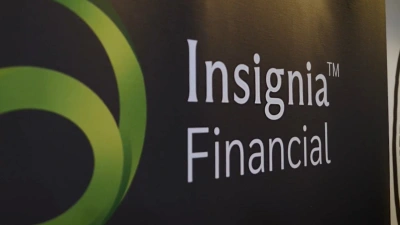Private markets FUM boom presenting investor risks: Yarra



Amid substantial growth in private markets, Yarra Capital co-head of fixed income Roy Keenan has warned this speed in asset gathering could have unforeseen consequences for investors in the future.
In an episode of the Relative Return podcast, Roy Keenan, co-head of fixed income at Yarra Capital Management, who manages the $2.4 billion Yarra Enhanced Income Fund, discussed the rise of private markets.
Assets under management in private credit funds rose from $0.6 billion in 2014 to $2.8 billion in 2024, a rise of 240 per cent over the decade, according to ASIC – this could have unforeseen consequences, Keenan said.
Keenan commented: “When you grow so quickly, then that money needs to get put to work. If there is too much money in a sector, then credit spreads come in and potentially come in too tight to the point where you’re not getting paid for the risk you are taking. In some aspects, especially as the RBA is cutting rates, the actual overall return in some of those private credit areas will fall as well.
“The gap between investment grade credit and private credit is probably going to narrow over time, so investors just need to be aware of that and aware of the risks.”
This sector has already come under ASIC scrutiny regarding its transparency, with the corporate regulator due to release a report later this year of the results of a surveillance of private credit funds. While chair Joe Longo wants to encourage retail participation in private markets, he said it is critical to ensure there are high standards for these funds. ASIC is particularly concerned about the lack of transparency and illiquidity associated with these funds, it said.
Commenting on the review, Keenan said: “I’m not anti-private markets at all, but from ASIC’s point of view, having openness and transparency on valuation policies can only be good for the sector in my view. As portfolio managers, we should embrace it. There will be confidentiality because there’s private agreements between counterparties, etc, but I’m sure we can find workarounds.
“That’s my biggest concern, that transparency around what people are actually buying.”
Looking at fixed income more broadly, where Keenan has run money for over 20 years, he said bonds have “got its defensiveness back” after experiencing negative returns in 2022.
“A lot of investors have sort of scars from that rise in interest rates in 2022, where you had negative returns in more traditional assets like fixed income. It’s taken a long time for investors to get over that. But there’s no doubt today, relative to say equities and some other risk assets today, that fixed income is really set up well from a return perspective in the coming years.”
Click here to listen to the full episode of Relative Return.
Recommended for you
Russell Investments has partnered with financial advice firm Invest Blue to launch a managed portfolio offering to deliver broader private market access for Australian advised investors.
Franklin Templeton has continued the review of its fixed-income fund range, with multiple changes announced across 15 funds, including several management fee reductions.
Insignia Financial has reported net inflows of $448 million into its asset management division in the latest quarter, as well as popularity from advisers for its MLC managed accounts.
With ASIC questioning the dominance of research houses when it comes to retail usage of private market funds, a research house has shared how its ranking process sits alongside ASIC’s priorities.












